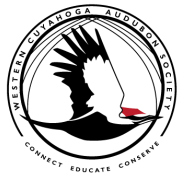Our spring was cold and long, we had a late hard frost on 16 May, but after that it slowly warmed up. Migrants began to dribble in and soon the warblers, tanagers, orioles, and beautiful Indigo Buntings were flitting through the meadow, the trees, and visiting our feeders.
Birdwatching in a Backyard Spring 2020
By Peter G. Saenger Allow me to begin by sharing that our ‘backyard” is a bit special both by size and habitat. Our actual yard, the mowed green desert, is very small, smaller than most suburban yards, and is only around the immediate house. We mow more trails than yard. I was fortunate to have my parents’ gift me with 3 acres to build a house, in a former cattle pasture, back in the early 1990’s. This property is located in southeastern Pennsylvania, at 1,100 feet above sea level, on the southernmost ridge of the Appalachian Mountains. It has a little wetland meadow bordered by mature forest, with the house tucked into a dry corner at the edge. Over the years, the edges have filled in with secondary forest and brush, creating perfect edge habitat to support a good variety of bird species. When my parents passed and I had to settle the estate, I saved some of the surrounding property of forest, and two old farm fields totaling another 41 acres. Almost all of these 45 acres are now under a federal conservation easement, protected as natural lands forever. The government was interested in having the easement because the forest is the headwaters of an exceptional value (EV) stream, had few non-native invasive plants, and some unique wildlife. So, our backyard really is a wonderful place!
Above: Photos by Peter Saenger.
Because of COVID-19, on 13 March, Muhlenberg College, where I work, suspended all in-person classes and ordered us to work from home. I am fortunate to have plenty of work that I could do from home, so I could keep being productive, but it also gave me the opportunity to observe the change of seasons and activity in our yard like never before. The house, designed for a birdwatcher, has lots of windows to view the outdoors. My desk in our home office sits in front of a picture window overlooking our small fish pond and our backyard, offering distractions from my work at hand. My days were spent answering the many emails received, and compiling spreadsheets of bird-window collisions from around the world. I began most days at 05:00 AM, well before first light, enjoying a cup of coffee, watching flying squirrels visiting the bird feeders, waiting for first light and the dawn song to start. I decided to use eBird to track the species that visited our yard as the weeks past and seasons changed.
In the beginning, we had the usual species of year-round residents and winter visitors; cardinals, Song Sparrows, Dark-eyed Junco, White-throated Sparrow, a handful of American Tree Sparrows, various woodpeckers, nuthatches, etc. As the days passed, the juncos departed and as usual, never said goodbye; the white-throats stuck around a bit longer than usual, and other northern species that had wintered to our south moved through on their travels to breeding grounds to our north. Our spring was cold and long, we had a late hard frost on 16 May, but after that it slowly warmed up. Migrants began to dribble in and soon the warblers, tanagers, orioles, and beautiful Indigo Buntings were flitting through the meadow, the trees, and visiting our feeders. My yard list for the year was growing steadily. Not a spectacular spring season, and a bit disappointing, since I had high expectations because of being home every day, hoping for days of old when fallouts of warblers were so phenomenal. I was reminded of the recent report that North America had lost 3 billion birds in the past 50 years. The estimate used to be a population of 10 billion birds in the spring, and by the end of the breeding season, that number grew to 20 billion birds. My understanding of this is, we now have a population of 7 billion birds in the spring, and 14 billion birds in the fall; it appears there is not the recovery capacity as in the past. This aside, I spent many enjoyable hours watching the birds pass through our yard, with a final count of 14 species of warblers seen or heard, and a few unexpected surprises. Being situated where we are on a ridge, passing migrants, even if not using the habitat directly, were observable as they passed by. Species like Double-crested Cormorant, Osprey, and Bald Eagles passed overhead on their travels elsewhere.
One morning while I enjoyed a cup of coffee listening to the morning coming alive, I heard a bird singing a song that sounded familiar, but I could not place it to a species. It was in a large area of shrub dogwoods behind my wife’s garden and try as I might, I could not see the bird, even though it sounded to be within 10 feet of me. The bird fell silent, and I returned to my seat on the porch. Shortly thereafter, the bird could be heard singing in the brush behind our bird feeders, and again I walked over to try to see the bird, but to no avail. This went on for two or three mornings until finally, while standing at the edge of the dogwood patch, there was the bird, 2 feet off the ground, only 5 or 6 short feet from me. A Northern Waterthrush! This was only the second time I had seen this species anywhere on our property and to have it in our yard was quite the unexpected treat! Oddly, the bird stayed for ten days, singing first from behind my wife’s garden, then moving to the bushes behind our bird feeders. I became hopeful that it would stay, but we are a bit south of their known breeding locations and after ten days it moved on.
Another waterthrush, a Louisiana Waterthrush, was found along a stream in our lower woods and this one I believe is a nesting species on our property. Our annual anniversary plans were canceled due to COVID-19, so my wife and I camped along the stream and enjoyed its song in the evening, and again at first light, accompanied by a calling screech-owl. Another highlight of our spring was for the first time, after decades of trying to lure orioles to grape jelly and half an orange, I finally succeeded. I believe due to the cold spring, the birds needed food, so we enjoyed watching them eat jars of raspberry and grape jam, along with bunches of oranges. At least one pair set-up residence, and we enjoy their beautiful song and colors each day. Here in the first days of summer, my year-to-date yard list stands at 92 species, so I have nothing to complain about! Most were seen or heard from our back porch. Yes, we have acres, but due to some health issues, most of my birdwatching is from our porch, or from one of our many widows looking out at our yard and meadow. Speaking of windows, I had mentioned working on spreadsheets of bird-window collisions. This is part of my day job, tracking the number of birds documented to collide with windows here and worldwide. Sad to note that second only to habitat destruction and perhaps cats, windows are the leading human cause of avian mortality worldwide. It is estimated that in the USA alone, an average of one million birds collide with glass each and every day. Most occur at homes like yours and mine, where we create havens to attract birds, unfortunately in close proximity to windows. If you are interested in learning more about this and how to prevent the problem at your home, visit this site for more information here. This has been a truly wonderful spring, with many sightings of birds only a few yards from our home. The key is habitat and that means native plants that support the insects our birds eat, and offer them additional food and cover. I have a friend who lives in a local city, she measures her backyard in square feet, and her neighbors offer nothing for wildlife. She has replaced the non-native plants in her yard with native plantings, and added a small pond with a fountain. She draws in more migrants to her yard, than I see in ours, because she offers the habitat birds need while migrating, where otherwise none is found. Of course, I am sure the birds she sees in her yard are also found on our acres, but because she offers native habitat in a concrete and non-native desert, she draws them in! While I have a large backyard, even a small urban backyard and anything in between, can bring you the birds we all enjoy. Check out https://www.audubon.org/native-plants for a wonderful resource to find the plants to help you transform any yard, no matter how large or small into an oasis for our native birds. Thinking about my backyard birding over the years, I have some additional thoughts and information. I moved into this house in April 1992 and started my yard list, which now stands at 167 species. Growing up on this property since 1959, there are species that I had seen previously that are not on this list, such a North Bobwhite; now extirpated. Ruffed Grouse is another that used to inhabit our woods, but has not been seen here in a few decades. The most unusual on the list is Ruddy Turnstone. Seen during a spring migration when a flock of 10-15 flew over at tree-top level, so low that I heard their wing noise as they approached, before actually seeing them. Other unexpected birds include fly-over Common Loons and mergansers, an American Bittern walking our meadow trails and yard edges, a Northern Shrike hunting our feeders, and Dickcissel that spent part of the winter here. After keeping my yard list for 28 years, I was thinking it is going to be difficult to add many more species, but recently a friend of mine introduced me to Night Flight Recording (NFC). Simply put, it is placing a sound recording device outdoors at night and recording the sounds of migrating birds overhead. You can get into this game for less than $100 or spend considerably more if you get serious about it, but it sounds like fun and I’m going to try it! There is plenty of information on the web if you do a search for it. Wishing you all well in these strange times of COVID-19; and hope that you may find peace and solace within the joys of nature, that can be as close as our backyards. View: Birdwatching in a Backyard Spring 2020 by Peter G. Saenger (PDF)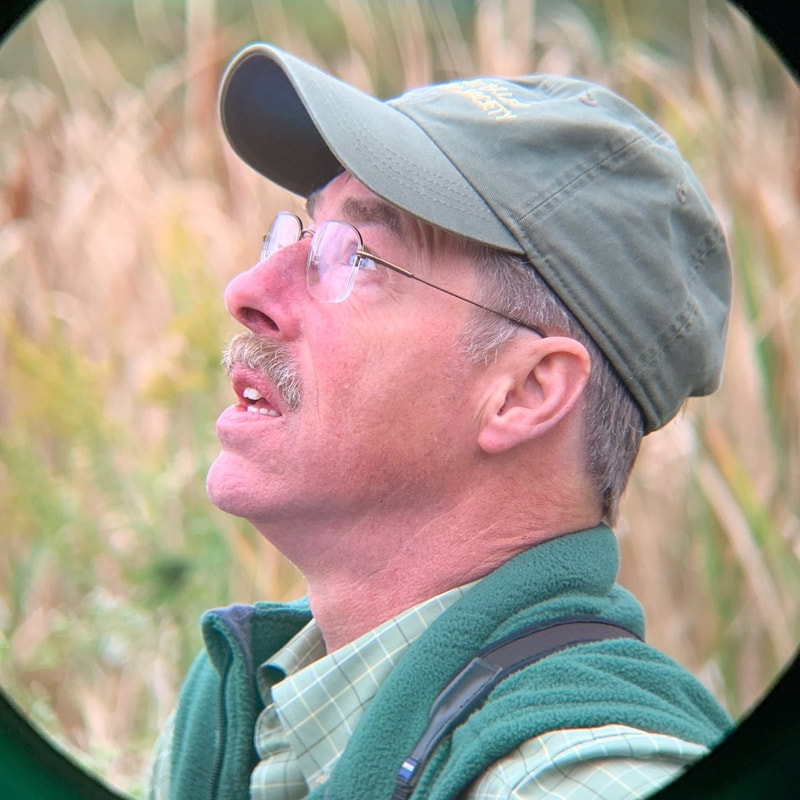 Photo: Peter G. Saenger Photo: Peter G. Saenger
Peter G. Saenger was raised in rural Berks County, Pennsylvania and was first attracted to and enjoyed studying birds during a second grade field trip to nearby Hawk Mountain Sanctuary. From then on his interests in birds continued to increase and were nurtured at a professional level when he was selected to work on a research project to study the birds of Armenia at Muhlenberg College in the 1990s. His bird expertise resulted in his current appointment as an endowed research ornithologist and collection manager in the bird museum within The Acopian Center for Ornithology, Department of Biology, Muhlenberg College. He currently is the president of the Lehigh Valley Audubon Society and currently serves as the membership chair for the Wilson Ornithological Society.
Make A Donation to Western Cuyahoga Audubon. Your gifts guarantee chapter activities, programs and research continues to reach members and connect birding conservationists around the world. Use our safe and secure PayPal payment button below to make a donation of any amount you choose. All donations are gratefully received.
Comments
|
Story BlogThe Feathered Flyer blog publishes human interest stories about birding and habitat conservation. After watching, ‘My Painted Trillium Quest' by Tom Fishburn, Kim Langley, WCAS Member said, “Wonderful! It was a lift just knowing that such a site exists and is being protected!”
Media LibrariesQuarterly NewsletterSTORIESPodcastsWCAS is a proud member of The Council of Ohio Audubon Chapters (COAC) and promotes chapter development by sharing the best practices, brainstorming solutions to common problems, and building relationships in workshops and retreats. Subscribe
VideosYouth
Advocacy
Clean Energy
Reporting
Awards
Volunteerism
Take ActionResourcesBlogsArchives
October 2023
Categories
All
|
EDUCATENews Blog
Monthly Speakers Field Reports Bird Walk Reports Christmas Bird Count-Lakewood Circle Media Library Newsletter Archive Education Resources STORE |
Western Cuyahoga Audubon Society
4310 Bush Avenue Cleveland, Ohio 44109 [email protected] Western Cuyahoga Audubon Society is a 501(c)(3) nonprofit organization. Your donation is tax-deductible. The tax ID number is: 34-1522665. If you prefer to mail your donation, please send your check to: Nancy Howell, Western Cuyahoga Audubon Treasurer, 19340 Fowles Rd, Middleburg Hts, OH 44130. © 2020 Western Cuyahoga Audubon Society. All rights reserved. Privacy Policy | Terms of Use | Legal | Store Shipping Rates | Site Map |


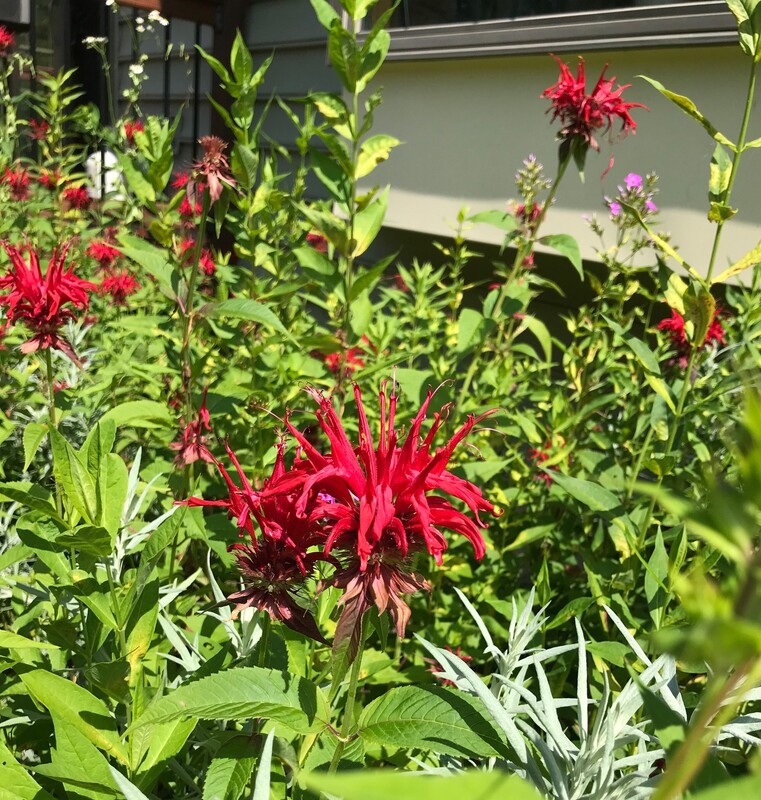
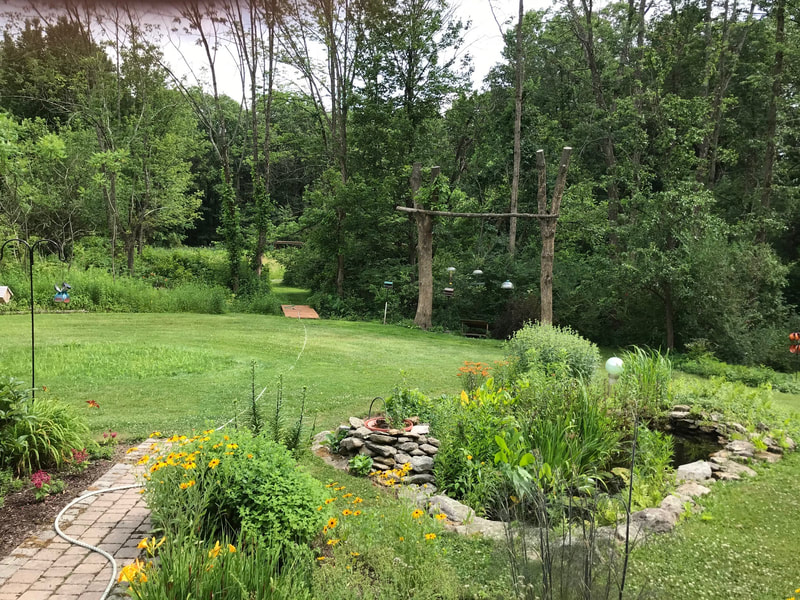

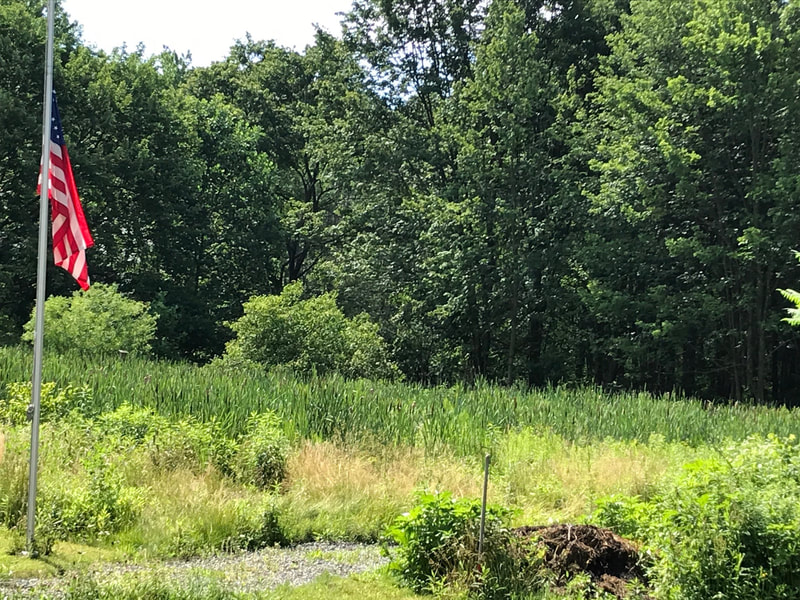






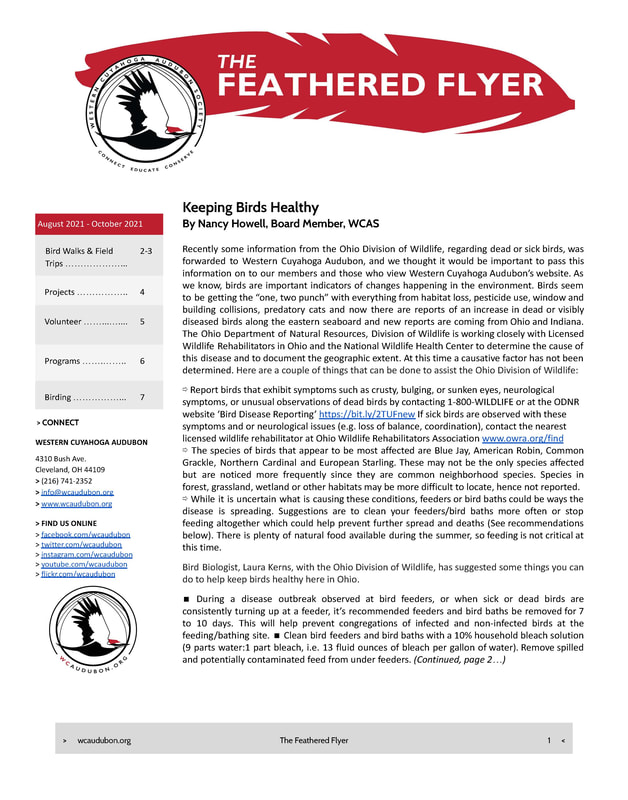
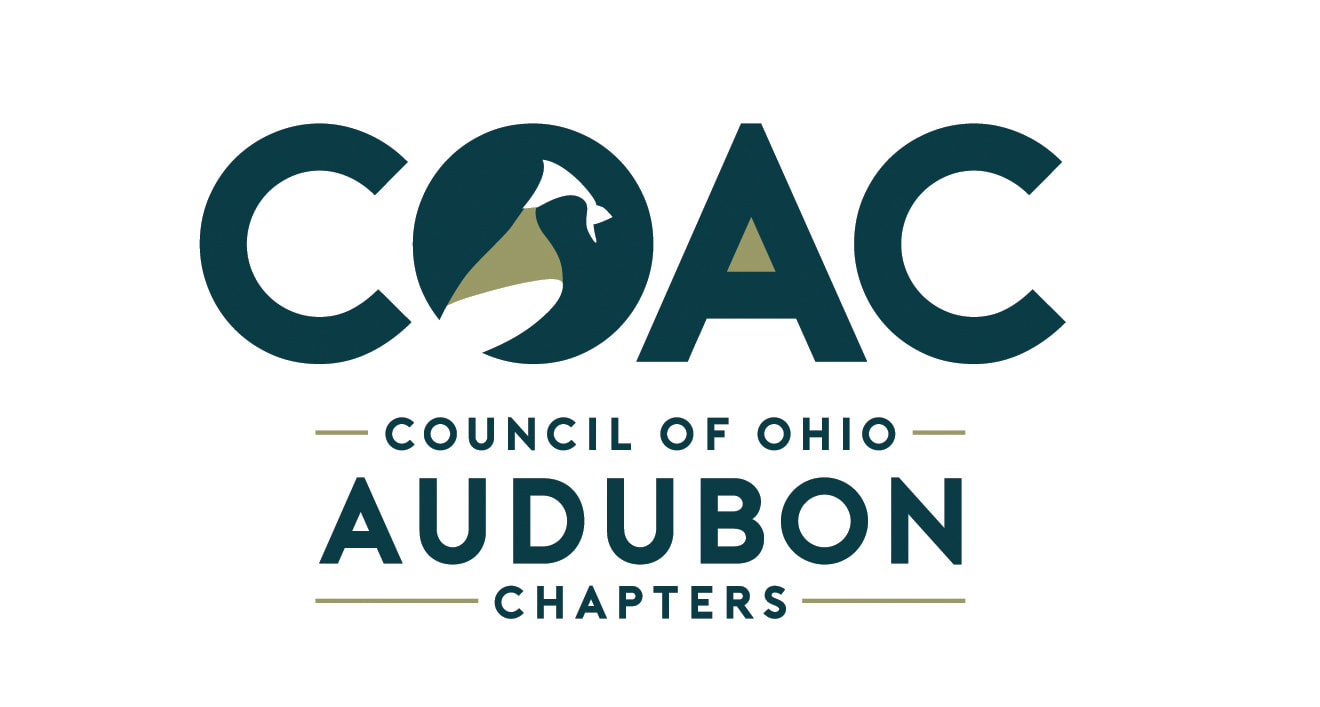
 RSS Feed
RSS Feed
